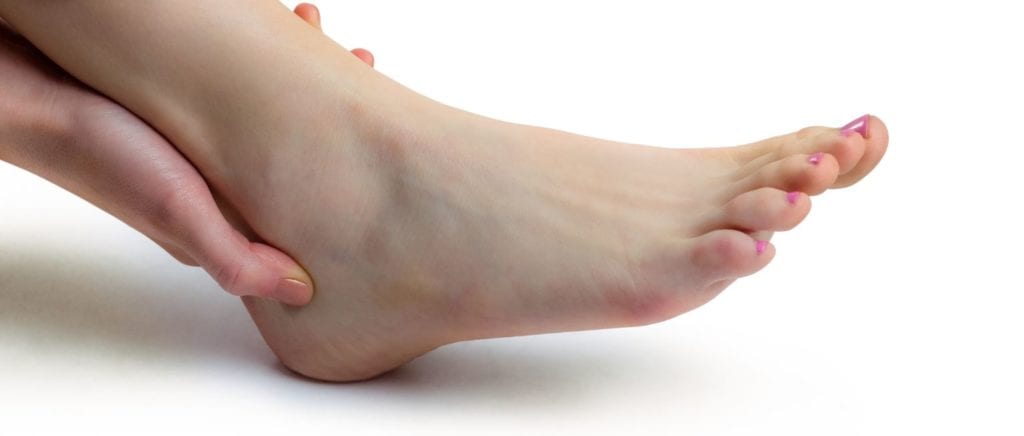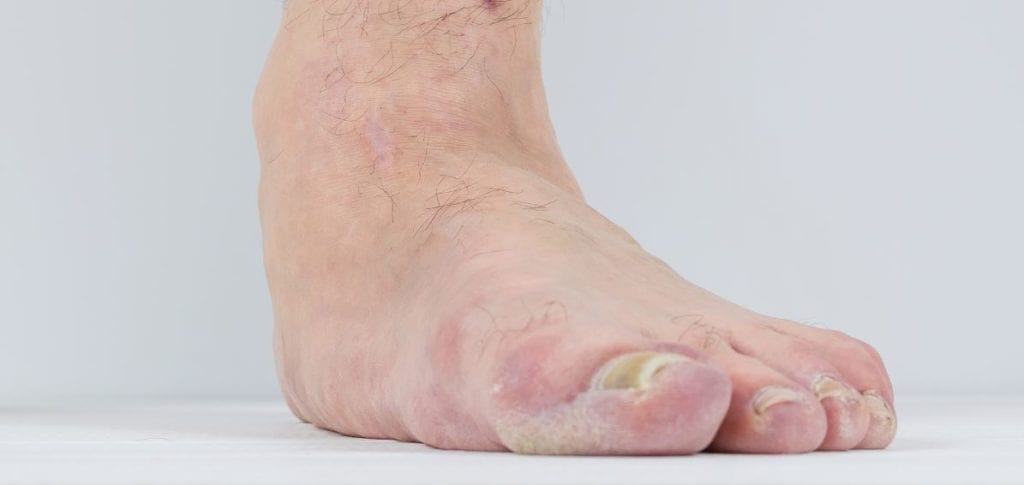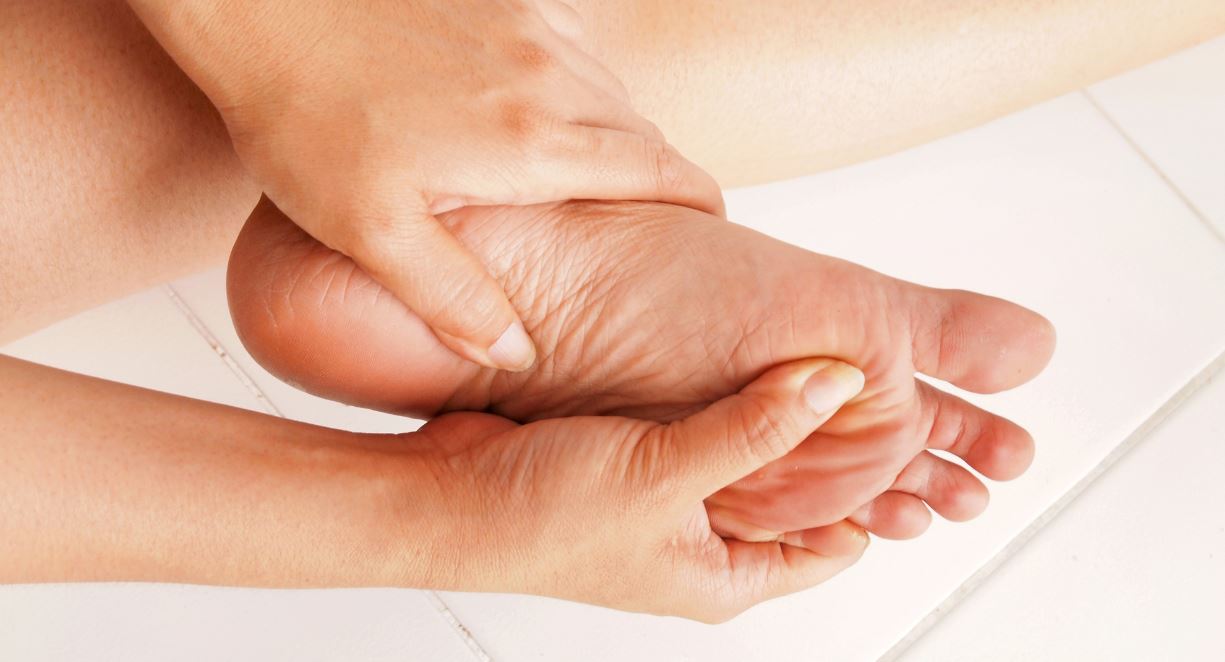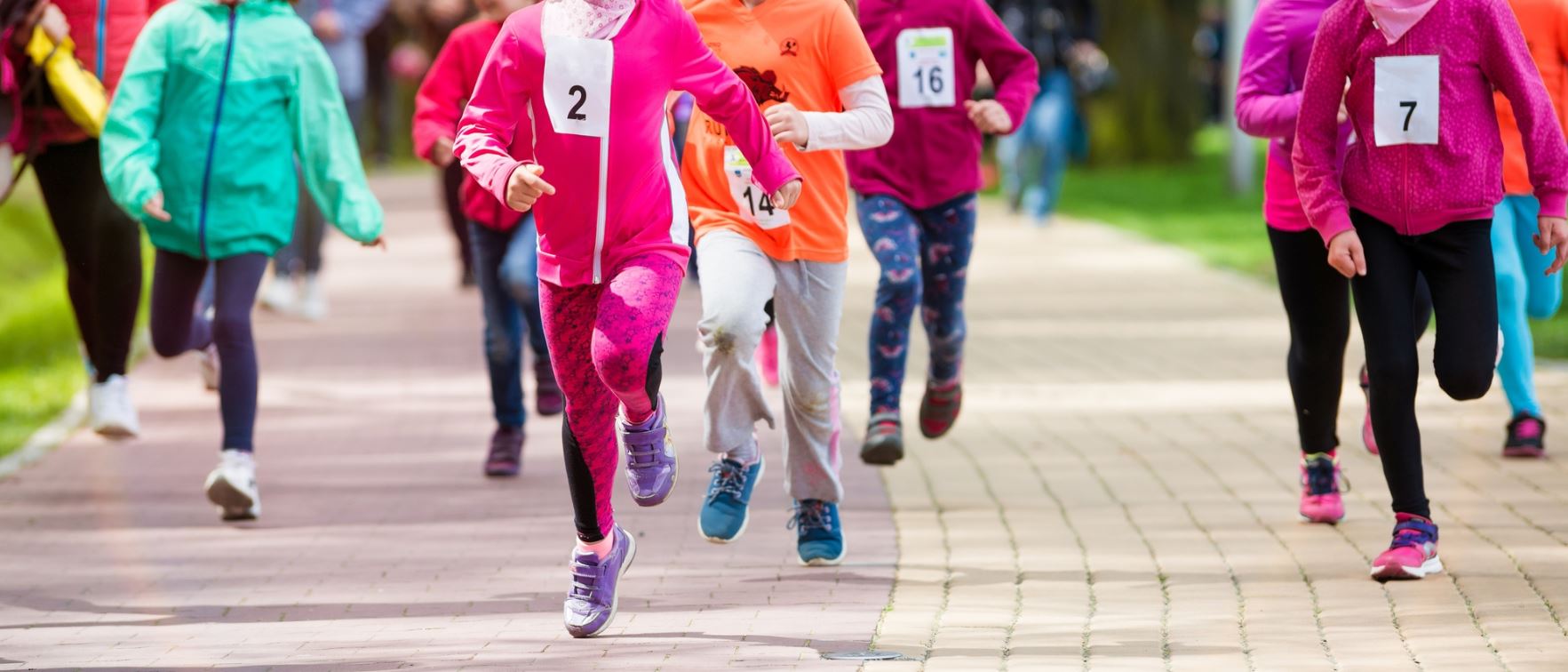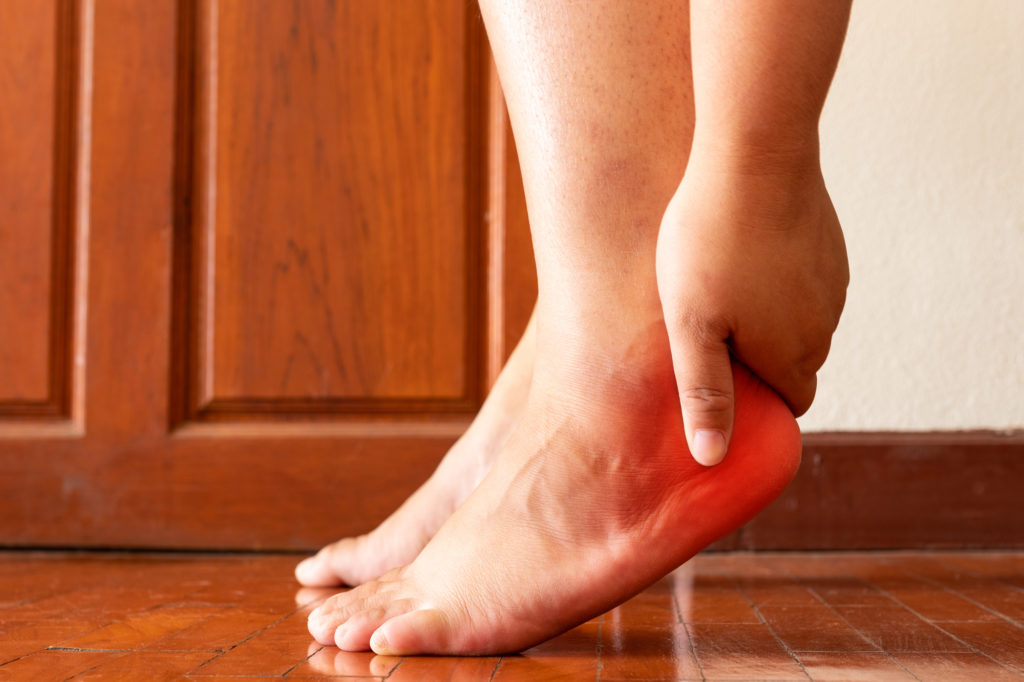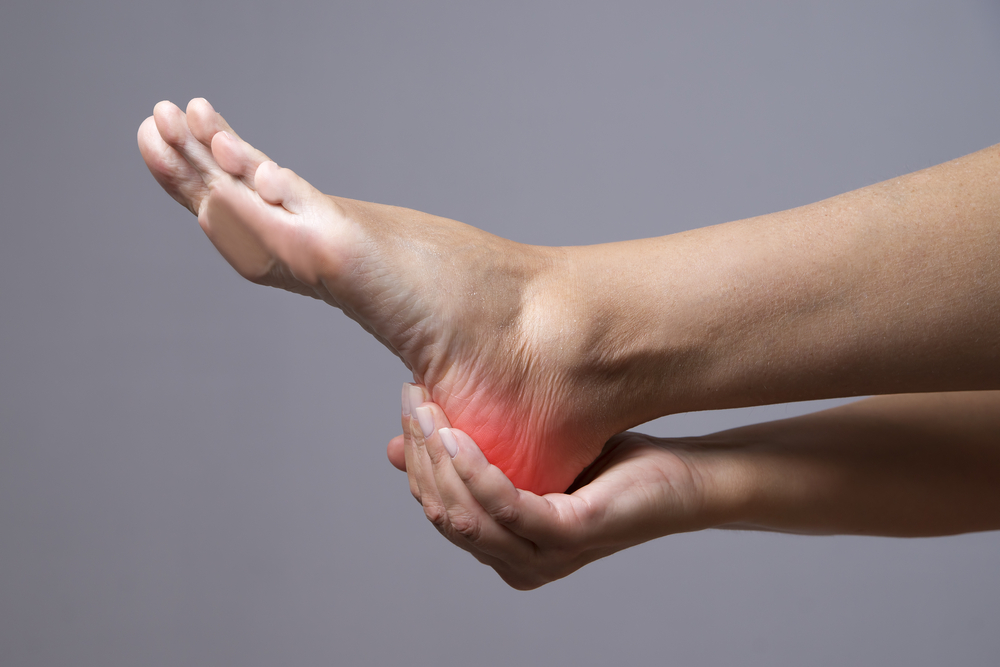
The plantar heel fat pad is a really vital, but little acknowledged, structure of the human foot which protects the plantar calcaneus from injury when running. The heel fat pad has a special structure that permits it to cushion and also successfully soak up the impact energy of heel contact when running to reduce the effect forces on the plantar calcaneus, and its soft tissue and also osseous structures, in order to help avoid injury.
The heel fat pad is composed of specialized adipose tissue had within shut compartments called microchambers and macrochambers. Microchambers lie close to the plantar skin, as well as the larger, well-formed system of macrochambers are loaded with fairly low-density fat. The walls of these microchambers and also macrochambers are composed of septa, which are both fibrous as well as elastic in nature. These septa aid hold the fat in place plantar to the heel during weightbearing tasks and help the fat pad to displace and afterwards return to its unloaded form with heel dumping.
During loading of the plantar heel during heel contact during strolling and running, the fat of the macrochambers displace medially, side to side as well as par excellence, absorbing some of the effect power of heel strike. This motion of the private fat-filled macrochambers during heel influence helps shield the plantar calcaneus from injury.
Heel fat pads are thicker in males than ladies. In addition, research has shown that as the individual ages, the heel fat pad loses some capability to absorb influence energy which appears to be because of a gradual degeneration of the septal walls of the macrochambers and displacement of this fat out of the confines of the macrochambers.
This fat pad can atrophy and not absorb shock like it should. If this happens, then extra cushioning is needed inside the running shoes or a more shock absorbing running shoe will be needed.

